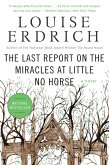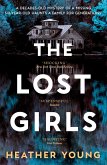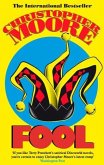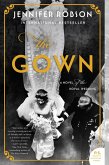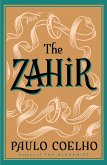Throughout the study, I look at different intimate relationships among married couples, tracing the characters' behaviors, perceptions, and social expectations in a changing and developing society, especially in relation to female characters who, although seeing marriage in economic terms, marry for happiness as their primary goal to gain social and financial status. Marriage remains a standard social norm for the rest of the century.
The intimacy that I will discuss in this study is not the closeness and connection between two people; it is instead an intimacy that characters have with themselves due to the lack of the closeness and connectedness with others; during and after marriage, intimacy in their relationships becomes paradoxical. Though they lack intimacy due to inequality, distrust, uncertainty and misunderstanding, their lives are still intertwined. Despite the physical and emotional attachment, intimacy involves knowledge and awareness of their personality and identity. In this respect, the characters' failure to achieve intimacy with others ends up generating a productive self-understanding and self-recognition.
Dieser Download kann aus rechtlichen Gründen nur mit Rechnungsadresse in A, B, CY, CZ, D, DK, EW, E, FIN, F, GR, H, IRL, I, LT, L, LR, M, NL, PL, P, R, S, SLO, SK ausgeliefert werden.



